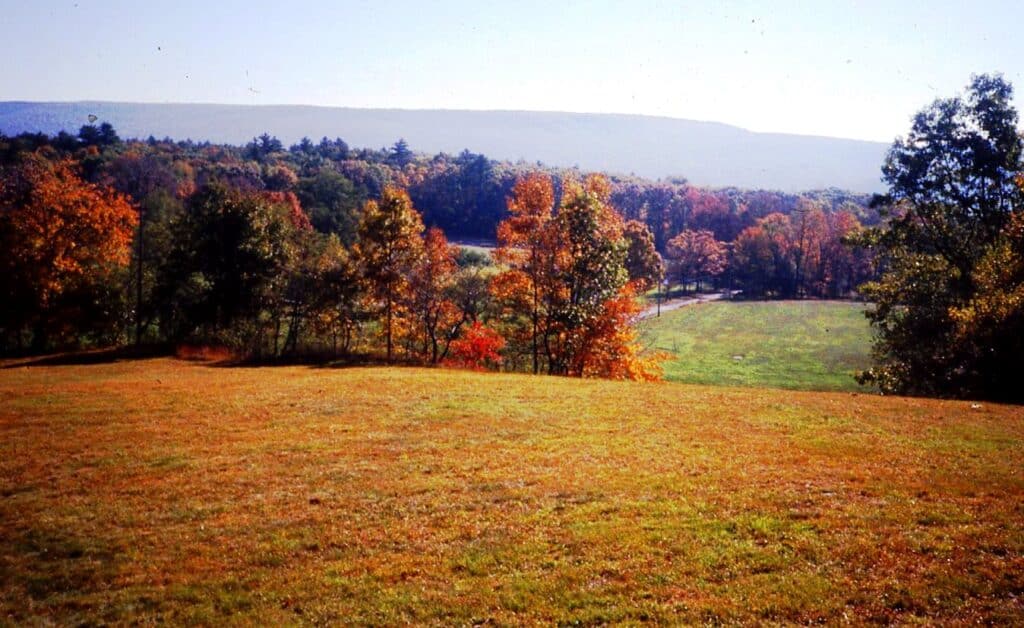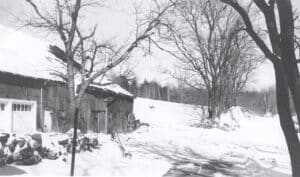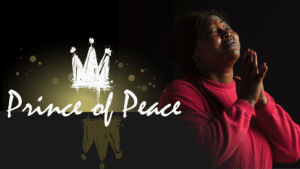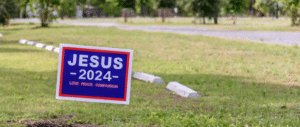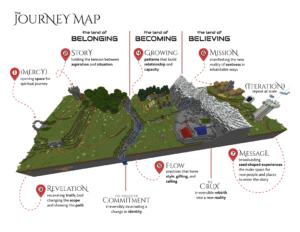Acknowledging the Lenni-Lenape Native Americans
Camp Deerpark is nestled in the Shawangunk Mountains on the land that was once the home of the Lenape (len-AH-pay) or Lenni-Lenape Native American peoples. The Munsee, a subtribe of the Lenape, lived along the upper portion of the Delaware River. Shawangunk is a Dutch translation of the indigenous Munsee name “schawank,” meaning “that which is smoky air.” The Shawangunk area can be noted for the heavy humidity and atmosphere caused by the mountain ridge running southwest to northeast partially blocking the prevailing west to east wind. Camp Deerpark staff and guests have long appreciated the breathtaking view when driving into the Shawangunk valley on Route 17.
The land of the Lenape included what we know as eastern Pennsylvania; southeastern New York state, including New York City; New Jersey; northern Delaware and a small area of southeastern Connecticut. This land was called the Lenapehoking (meaning “Land of the Lenape”) and the land was split between three clans or geographical divisions of the Delaware region: Turtle, Wolf and Turkey. The Wolf clan was known as the Munsee or Minisink, which means “at a place where stones are gathered together.”
The Lenape believed that the land was sacred and belonged to everyone. They usually lived in small groups of 25 to 50 people. They built wigwam–domed-shaped houses–which were 20 feet across and made from young saplings and bark stripped from large trees. They also lived in longhouses, which were built like wigwams but longer, with room for multiple families. Family ties were important and close relationships existed between parents and children and related clans.
The chiefs—sometimes referred to as sachems—were chosen for their behavior, skill in speaking, honesty, and ability to make wise decisions. The chiefs were also knowledgeable about religion and would lead the people in rituals and ceremonies.
The Lenape men were hunters, but also prepared the land for gardening. Children moved the small rocks away and pulled any weeds. Women planted and harvested the crops and were creative in their methods of planting. To plant corn, beans and squash, their most important crops, the soil was hoed into mounds about three feet in diameter, then planted with five or six corn seeds in a circle at the very top of the mound. About a foot lower on the mound, they planted beans about six inches apart in another circle and finally around the outer edge they planted a circle of squash. This is called the Three Sister’s Garden. The beans climbed the corn and the squash covered the ground holding in moisture. They planted these gardens several weeks apart so they would have fresh vegetables throughout the summer and fall. The women were also responsible to collect sap from maple trees to make maple syrup.
The men would hunt deer and elk in the forest with bows and arrows. They painted themselves with dark paint to blend in with the shadows. When they would bring the animal back to the village, the Lenape would make sure to use all parts of the animal to honor the kill. Other men would fish with nets and hollowed out tree trunks used as canoes in the tributaries of the Delaware and the Neversink rivers. The Lenape enjoyed a wide variety of food, which was distributed and shared so that no one went hungry.
When the Europeans settled here in the late 1600s and early 1700s, they began to call the tribe the “Delaware Indians” as they had trouble pronouncing Lenape. The settlers generally lived in peace alongside the Lenape near the Peenpack Trail. The Europeans had moved from France to get away from the religious persecution that occurred when King Louis XIV revoked the Edict of Nantes, the law which let the Huguenots practice their religion. The Huguenots were Protestants and a branch of Calvinism. They traveled in covered wagons on Old Mine Road, which is now Route 209. They officially owned the land that they settled on in 1697 by getting the Peenpack Patent. This granted them the 1,200 acres from where Route 209 crosses the Neversink River, about three miles south of Camp Deerpark.
In the fall of 2007, soon after Rick Weaver joined the Camp Deerpark staff as the food service director, he spent an afternoon hiking in the woods. He was struck by the rich history represented in the stone walls throughout the camp property. His curiosity led him to carry out extensive internet research. He soon had a new source to draw from. Town of Deerpark, a history book written by Norma Schadt, was published a year later.
In the spring of 2008 Rick prepared a Saturday evening dinner that reflected his research. The menu read: 300 years ago . . . on this site, we might have eaten: Pumpkin Soup, Skillet Cornbread with Maple Butter, Shawangunk Salad (wild greens, watercress, dill weed, corn, tomato, radish, red beans, sunflower seeds, with a honey vinaigrette dressing), Hog Wild BBQ Loin, Sour Cream & Horseradish Mashers, Msikwatash of the Three Sisters(corn, beans, squash), Munsee Cherry Pudding Cake.
The Lenape and the Europeans learned a lot from each other. For example, the Lenape began to use European metal field tools to help plant crops. The later generations of the European settlers even learned how to communicate using the Lenape language and they adopted some of the ways of Lenape dress, like using leather for their shoes and clothes.
The European settlers included families named Cuddeback and West-brook. Mr. Westbrook ran a general store near his house. Four miles south of the Westbrook Store, Mr. Cuddeback built a gristmill near his house where he would grind the grain for the neighbors. Today Camp Deerpark is located halfway between Westbrookville and Cuddebackville.
During the French and Indian and Revolutionary wars, the Lenape often fought beside their European allies and against each other. Eventually, the Lenape were driven from their land and moved out west, including to Oklahoma, and north into Canada, where the majority of the Lenape live today.
Even so, the Lenape legacy in this region lives on for those who remember, in part through language. Many place names come from the Lenape, such as Hackensack, Manasquan and Manhattan.
—Written by Dillon Hershey, Ken Bontrager, and Donna Stoltzfus
Related Entries
Share:
Pain and Need Aren’t Partisan
This is Session 3 of the Prince of Peace: Jesus and Peacebuilding from the Election to the Holidays webinar series. (Click here to sign up for session invites.) Sometimes people seem so different from us, we automatically assume we can’t connect. Or, we tried to connect on some level, but it quickly became way too…
What is A Mission Statement?
On the LMC NYC District call this month, Dr. Tiffany shared critical information on what is and what is not a mission statement. This is critical as we think about moving the congregations in our district forward towards mission, optimize the mission already underway, and align together on the LMC mission as district churches. In…
Advent Calendar
Count Down the Days to Christmas with Camp! Jesus is the center of our Camp community. Let’s celebrate together the coming of the One who brings peace and salvation and life everlasting to humanity. We’ll be posting each day to Facebook and Instagram stories, but you can get our daily post in your email inbox!…
A Spirit-filled Christmas: The Joy in Judgement
The end of this week (Black Friday) marks the beginning of the Christmas season for many. (Though the big-box retailers had stuff out before Halloween, can you believe it!?!) For our culture, this season is a time of Joy. We gather for feasting and presents and the delighting of children. And despite the growing chill…
From Inner Peace to the Holiday Table
This is Session 2 of the Prince of Peace: Jesus and Peacebuilding from the Election to the Holidays webinar series. (Click here to sign up for session invites.) This session is about what we do when the people around us challenge our peace. It requires us to draw on something deeper in order to continue…
Releasing and Loving “The Other Side”
This is Session 1 of the Prince of Peace: Jesus and Peacebuilding from the Election to the Holidays webinar series. (Click here to sign up for session invites.) This session is about what we do with those in our lives who see things differently — even very differently. We do this using a paradigm from…
Story of A Tree
A fresh tree stump is like a magnet to me. I have to look at the rings to read the tree’s story. It’s at once humbling to look inside a living thing that is much longer-lived than yourself, but also encouraging to see how it weathered the ups and downs of life, the good times…
Camp’s Political Endorsement
I’ve been eligible to vote for 30 years, but – like many in my generation – I’ve never felt like a politician or party truly represented me. They may win me at one point, but they’ll loose me in the next. When I have voted, it always seemed I was going to the polls holding…
Prince of Peace
Camp’s mission statement says we offer people the opportunity to fellowship in “serenity”. Serenity literally means “clear skies” — a state of refuge from the storms of the World. Right now, our World does feel pretty stormy with a divided country going into an election and numerous disasters and conflicts abroad and at home. Because…
Mapping Spiritual Journey with NYC Leaders
In order to know where you’re going, it’s a good idea to know where you are. One of the best ways to know where you are is a good map. The NYC LMC District is seeing growth in many of our churches right now, and opportunities for re-inventing and re-launching in others. But these are…
- « Previous
- 1
- 2
- 3
- Next »

